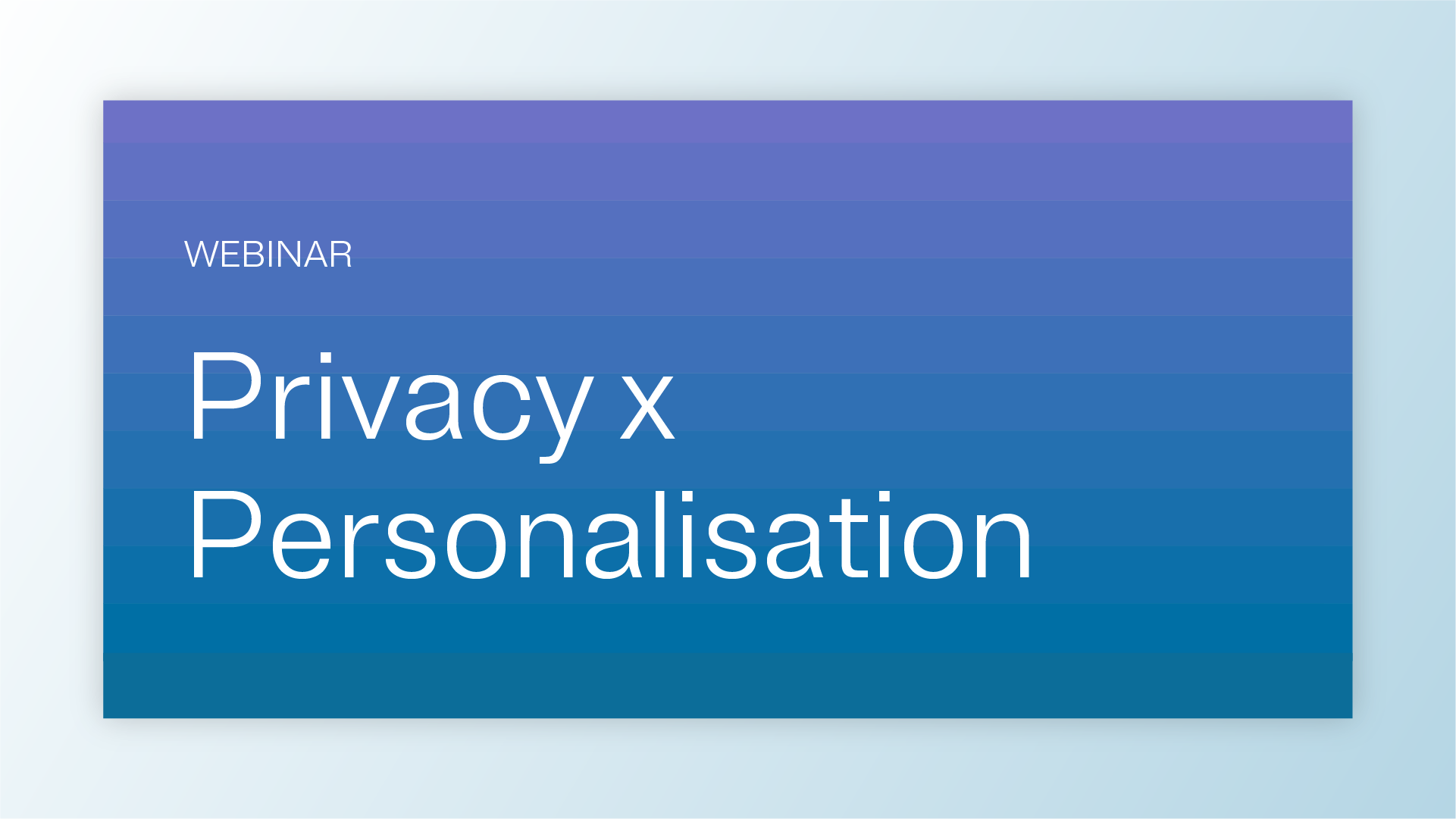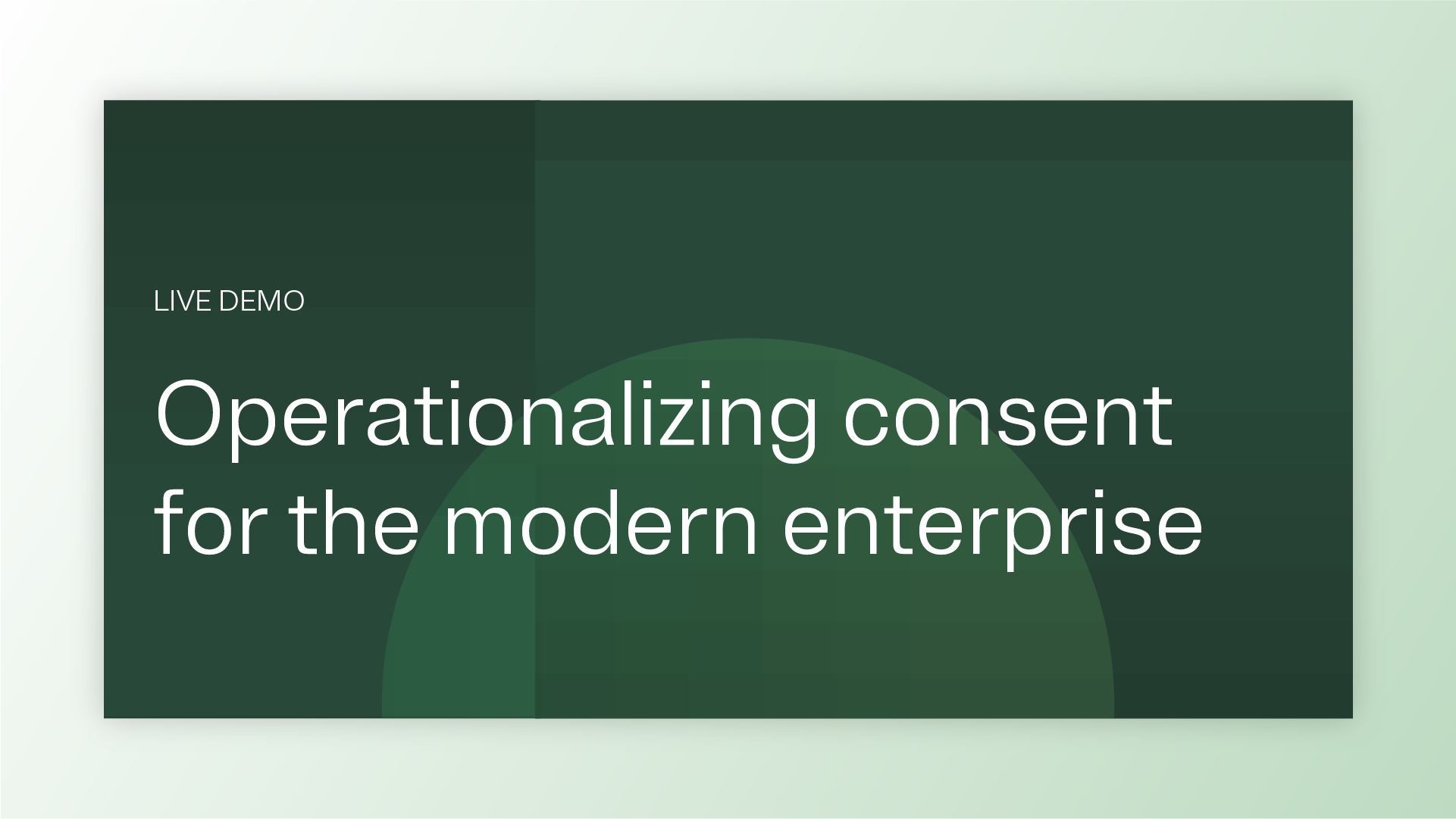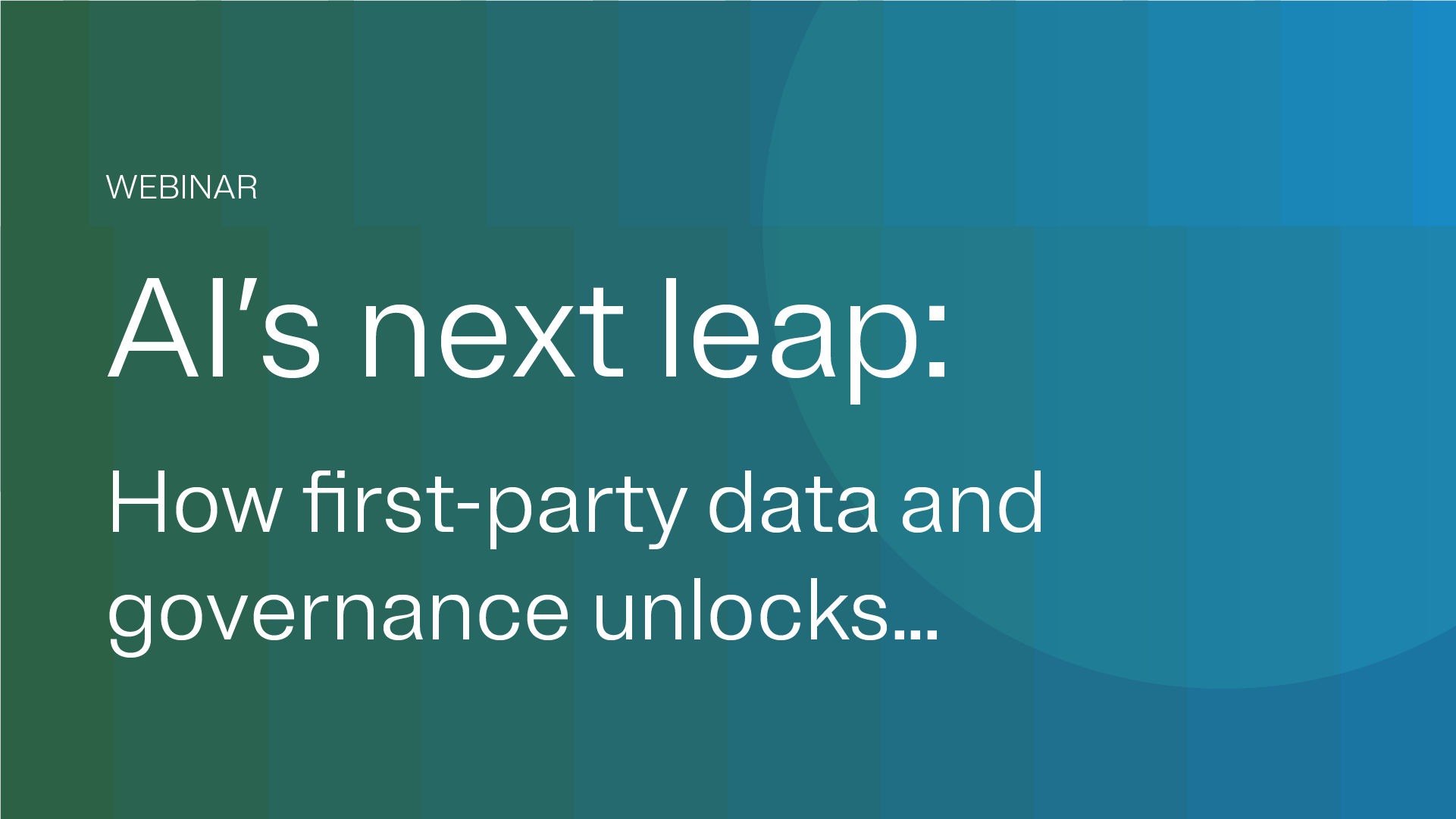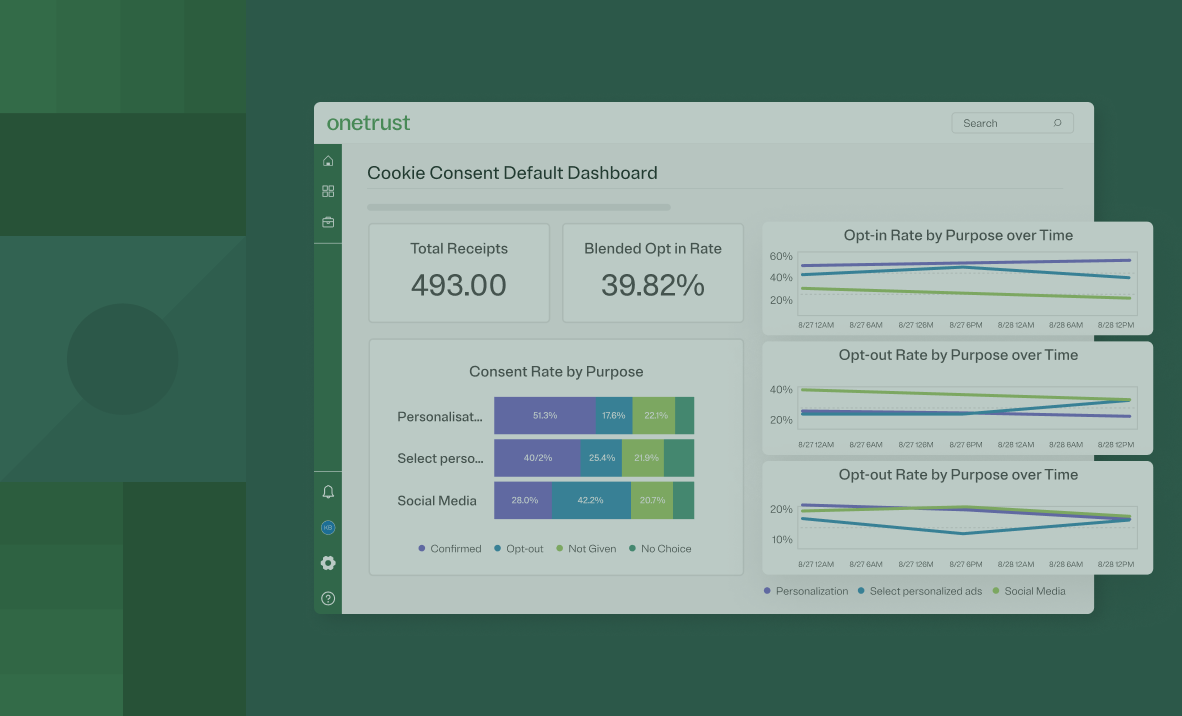Much like a perfectly brewed cup of coffee (assuming you know your beans, of course) or that perfectly balanced avocado toast (do you like chili flakes on top?), understanding your customer in the digital age is all about getting to the good stuff: first-party data. It might sound complicated, but we’re here to make it as simple as buttering your morning toast (with room-temperature butter, of course).
First-party data: what is it?
Imagine you run a little café – let’s call it Café-You. You have regular customers, let's call them Regulars. If you ask your Regulars how they take their coffee and note it down, you're gathering first-party data. It’s like when your friend tells you they're allergic to peanuts: You got that info straight from the source.
Now, apply that to the digital world. Whenever customers interact with your website, mobile app, or social media profile, they leave behind digital breadcrumbs about their likes, dislikes, and behaviors. Collecting these details directly gives you first-party data – it's like your website had a little heart-to-heart about their coffee preferences.
First-party data vs. zero party data
Think of zero-party data as first-party data’s extra thoughtful cousin. It’s like the difference between knowing your friend’s coffee preference (first-party data) and them telling you all about why they love caramel macchiatos and when they crave one (zero-party data). While first-party data comes from interactions, zero-party data is what customers intentionally share with you – kind of like them spilling their entire peanut saga from that carnival when they were seven.
When you combine these two types of data, you create an earned data strategy. Think personalized recommendations, loyalty perks, or exclusive content in exchange for their valuable insights. The secret ingredient here is trust. Your customers need to trust you with their data, and in return, you’ve got to handle it responsibly, like a well-guarded family recipe. It’s a win-win, like having your cake and eating it too (but with data, not cake).
Why should you care about first-party data?
Well, remember that time you served almond croissants to your nut-allergic friend? Disaster! That’s what happens when you don’t know your customers. But when you do, it's like serving them the perfect cup of coffee every time. With first-party data, you get to know your customers up close and personal. You can personalize their experience, create more targeted ads, and increase engagement and sales. It’s like the difference between a generic “To whom it may concern” and a thoughtful “Hey, I heard you like your cappuccinos with extra foam.”
And here’s the best part: first-party data is like farm-to-table produce in the digital world – fresh, reliable, and ethical. Customers willingly give it to you, so it comes with fewer privacy concerns compared to third-party data. Speaking of third-party data, though Google originally planned to retire it like an overused coffee filter, they’ve now decided to give users more control instead. Think of it as letting customers customize their privacy settings, just like they’d tweak their latte order. But don’t get too cozy with third-party data – it’s still a good idea to shift your focus to first- and zero-party data for a privacy-friendly future.
But what about the challenges?
Collecting first-party data isn’t always a cakewalk (or shall we say, a vegan brownie-walk). It’s a bit like hunting down the perfect vegan cheese – challenging but worth it. First, you’ve got to convince your customers to share their data. Then, you have to manage and analyze it – no easy feat when you're juggling hundreds or thousands of customer preferences.
And remember, first-party data comes with responsibility. It’s like knowing your friend’s embarrassing middle name – you’ve got to handle it with care, respect, and total confidentiality. Plus, with Google giving users more power over their data, you’ll want to make sure you’re even more transparent and upfront about how you collect and use it.
To wrap it up
Navigating the world of first-party data might seem as tricky as perfecting your sourdough starter, but with the right approach, it can be as satisfying as that first bite of perfectly crisp, airy bread. And with Google’s new user-focused privacy controls, it's more important than ever to focus on gathering data directly from your customers in ways they trust and appreciate.
So, whether you're a small business, a major corporation, or just a curious reader, understanding first-party data is essential in today’s privacy-first digital landscape. Now go on, brew yourself a cup of knowledge, and dive headfirst into the wonderful world of first-party data!
Read our guide to first-party data to learn more about how your organization can start developing deeper customer relationships and building personalized experiences.






























